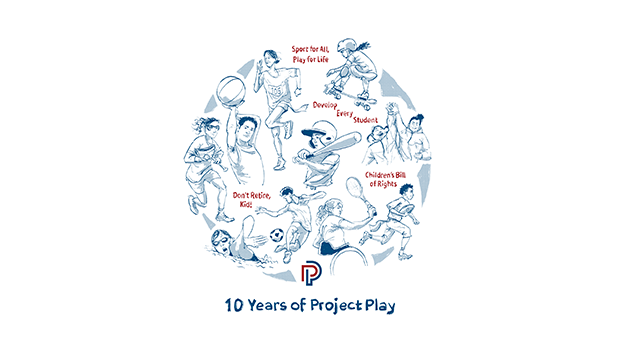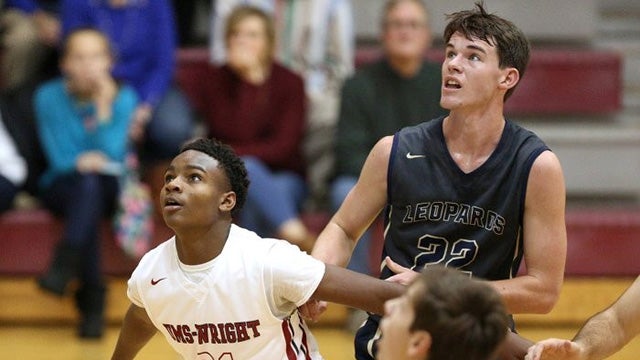On June 23, 1972, President Richard Nixon signed into law the statute known as Title IX, declaring, “No person in the United State shall, on the basis of sex, be excluded from participation in, be denied the benefits of, or be subjected to discrimination under any educational program or activity receiving Federal financial assistance.” That year, there were about 294,000 roster spots on high school teams filled by girls. By 2011, that number had grown to 3.1 million. On the eve of its 40th anniversary, Title IX merits recognition as the most effective tool at growing athletic participation opportunities since the advent of organized youth sports itself more than a century ago – by simply opening up sports in America to the non-male half of our population.
The benefits to our society have been numerous. We know from research that girls and women who play sports are less likely to become obese or develop heart disease. They have higher levels of confidence and self-esteem, and lower levels of depression. They have lower rates of teen pregnancy and drug use. They get better grades and are more likely to graduate. They learn about teamwork, goal-setting, and other skills that can help them in the workplace. As the Women’s Sports Foundation notes on its website, “It is no accident that 80 percent of female executives at Fortune 500 companies identified themselves as former ‘tomboys’ – having played sports.”
Yet, most girls still miss out on the experience to play sports. Among high school seniors, only 31 percent of females played on a sports team in 2009, according to the annual Monitoring the Future survey conducted by the University of Michigan. That’s down from a high of 35 percent in 2004, perhaps a reflection in cuts to school sports budgets. And major gaps exist between racial groups, showing up well before the end of high school when teens in general tend to fall away from sports. Among sophomores, females who are white have a much higher participation rate (51 percent) than those who are African American (40 percent), Asian/Pacific Islander (34 percent), or Hispanic (32 percent), according to a 2007 report by the Department of Education.
Access to sports depends in large part on where a girl happens to live. The participation rate for high school girls in towns (46 percent) and rural areas (53 percent) is twice that of girls in urban areas (25 percent), according to a 2011 Women’s Sports Foundation report. Kids growing up in poor neighborhoods lack sufficient parks and programs, and often can’t afford club-based sports. Additionally, girls face cultural and historical barriers that keep more of them from getting in the game – any game. They often aren’t expected to play sports, or are needed to take care of family members. And how often do you see teams of girls playing pickup games at the local park? Uneven access to infrastructure has sparked the creation of state laws aimed at encouraging gender equity in parks programs.
The barriers to participation for low-income girls are many, but so are the opportunities for progress – and the need to identify them. That’s why the Aspen Institute’s Sports & Society Program is convening leaders from across sport, policy, and media circles on May 31 in Washington, DC, where professional basketball star Maya Moore will anchor a half-day symposium on the topic. A stellar lineup of speakers will then suggest breakthrough ideas and strategies in an effort to find scalable solutions for disadvantaged girls, including the eight million who live in poverty. Learn more about the event and browse the day’s agenda, speaker bios, and details on the live stream on the event page.
Stay tuned to this blog for more posts on the topic and a preview of the symposium’s conversations.

